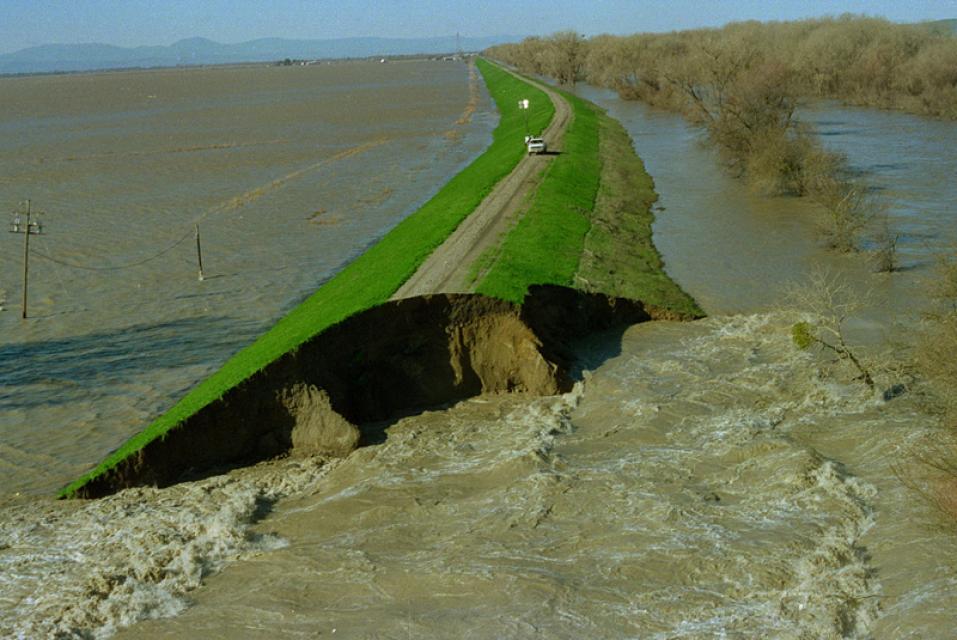Delta Risk Management Strategy
Overseen by the California Department of Water Resources, California Department of Fish and Wildlife and the U.S. Army Corps of Engineers, the Delta Risk Management Strategy evaluated the sustainability of the Sacramento-San Joaquin Delta and assessed major risks from floods, seepage, subsidence and earthquakes, sea level rise and climate change. DRMS also evaluated the consequences and develops recommendations to reduce and manage the risk.
Sacramento San Joaquin Delta islands may flood more than 200 times in the next century, and there is a chance of as many as 30 levees failing simultaneously, resulting in an economic loss of $35 billion.
Delta Risk Management Strategy: Two Phases
Phase 1 quantified the risks and consequences of Delta levee failure. A 2009 Phase 1 report found that “under business-as-usual practices, the Delta region as it exists today is unsustainable,” and that an earthquake “is the single greatest risk” to the levee system. A major earthquake could cause as many as 20 islands to flood simultaneously, resulting in an economic impact of at least $15 billion. The report also notes that the most common cause of levee failure is from winter storms.
Additionally, the report concluded that the risk of flooding in the Delta will only increase with time if current management practices are not changed. By 2100, Delta levee failure risks due to high water conditions will increase by 800 percent. The risk of levee failure from a major earthquake is projected to increase by 93 percent during the same period.
Phase 2 developed risk reduction strategies to manage this risk. Phase 2 data can now be used to pinpoint major risks and advise on related mitigation measures, including an isolated conveyance facility and tidal gates. DRMS Phase 2 also examined risk reduction benefits of any and all strategies; however, it is not intended to be a planning study and does not look at cost-benefit or design considerations.
Overall, the Delta Risk Management Strategy aims to define flood control benefits and beneficiaries within and outside of the Delta, while bringing together various stakeholders. DRMS also helps guide levee upgrades and provides experts to answer technical questions that guide policy. As a result, both policy and science will be components of the visioning process.










